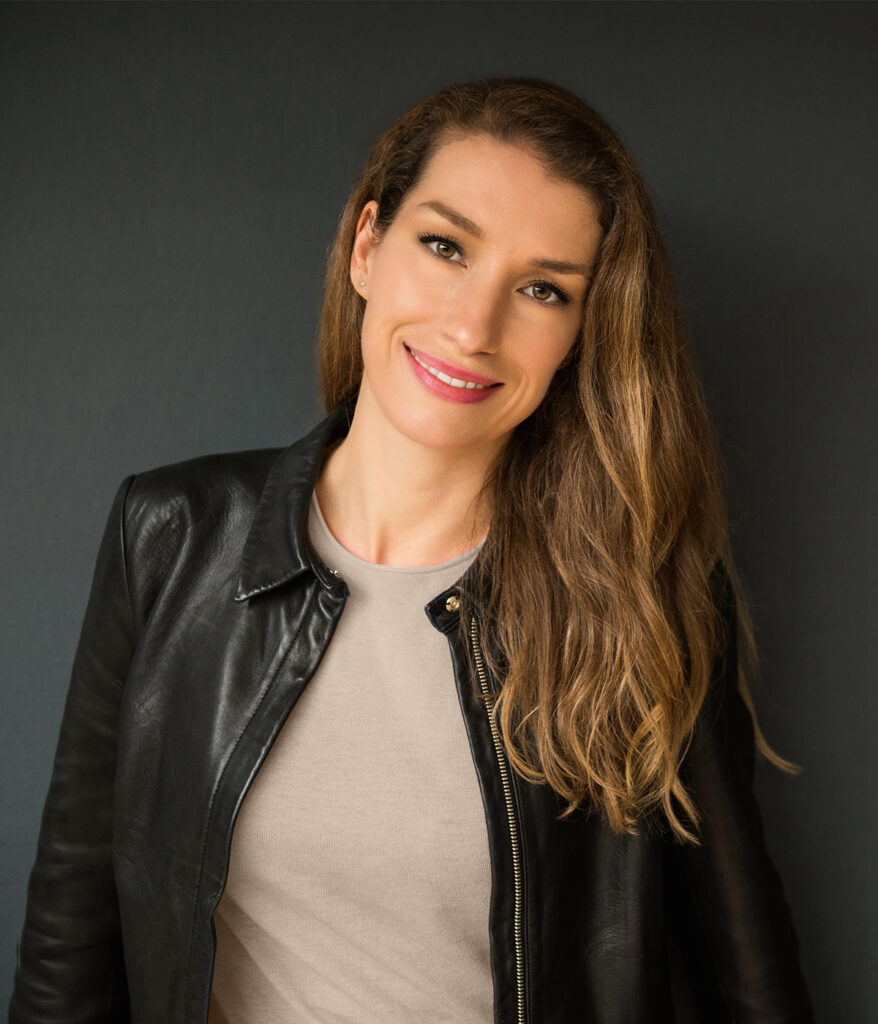It’s at this time of the year that many of us set new year’s resolutions or goals for the year ahead.
I believe that goals are generally a very positive thing – We humans need to feel a sense of purpose and progress, without that we typically lack motivation and at worse feel depressed and ruminate on the past.
However, there is a trap that I see MANY people falling into at this time of the year, especially around wellbeing goals.
Christmas is out of the way, you probably over-indulged, and it can be very tempting to declare you’re going to make a huge transformation this year because you’re feeling in some way unhappy/frustrated with your health.
Now is a great time to make a change, but the trap is in starting or signing up for something extreme that isn’t sustainable over the long term.
I do appreciate that challenges or intense programmes can sometimes kick start motivation and radical change … But what typically happens is that once the challenge is over or when the person can’t keep it up any longer, they feel self-defeatist, down on themselves and return to exactly where they were before they started (or potentially in an even worse place than before they started)!
We also must be careful with anything that’s very intense and extreme, particularly diets, detoxes, fasting, and exercise methods. They can be a major stressor to the body. A person may get the results they wanted but at the same time unaware they’ve created other issues.
So, what’s the answer?
This is the process I follow with all my clients when we’re creating new habits:
You create a realistic plan, something that you think you can keep up over the long-term, and it probably, initially, looks like less than you think you can/want to do – meaning less intense or less restrictive.
It’ll probably feel less exciting and even a little boring!
But you look at your life, you look at how busy you are, and you get very practical and honest about what will fit in around your lifestyle. You may need to make some changes and sacrifices, but you plan what you think you can keep up over the long term.
I also suggest you start small and once you’ve tested the new ‘thing’ and if it’s working well, you can then up the intensity or level of commitment if you want to.
It’s also really important that you use the SMART goal framework:
Specific (So you know exactly what you are doing)
Measurable (So you can track your progress and stay motivated)
Achievable (It’s perhaps a challenge but you feel confident you can do it)
Realistic (Your goal needs to be realistic even if you are stretching yourself)
Timed-based (Plan when and for how long you will do the ‘thing’ or goal)
For example, I met with a client yesterday and this is exactly what we were working on. He’s feeling very motivated and wants to get healthier and more fit this year, however, I also know that he has a habit of all or nothing – precisely because he gets too ambitious and then crashes and burns.
I wrote a blog on this a couple of months ago, so if you recognise you fall into the trap of all or nothing you can read more on that here.
So, what my client and I worked on yesterday was a realistic weekly exercise regime. He is starting with 3 sessions a week. We discussed the best days for the workouts, I also made him get specific on when he will do these workouts: we chose Monday lunchtime, Wednesday evening, and Sunday morning. And then we got specific on for how long – 45 minutes gym workout on Monday, Wednesday evening is a 1hr boxing class, Sunday morning 1hr gym workout.
He’s now going to block out these time slots in his schedule and have his PA protect them at all costs!
We also discussed exactly what he’s going to do a the gym. He has Apple TV and this weekend I have asked him to choose 2 workouts that he likes the look of – one cardio, and one strength training – and decide which day, Monday or Sunday, he will do each one.
I also keep reminding him, we are trialing this – if he doesn’t like one of the workouts for example, then we need to find another. I have suggested to him that we try this for 2 months and only then, if it’s going well and he feels he has the capacity to do more, we will add in one more workout per week.
If all goes well, at the two-month point, we may also change the Apple TV workouts and choose 2 more – ideally a little more challenging.
Hopefully, you can see here how I am making him follow the SMART goal process and I’m also stopping him from getting too ambitious and doing too much too soon.
Because we meet regularly, I will be able to check in with him every session on how it’s going. We may find that this routine or an element of the routine is too much for him and if so, we’ll need to make some changes – this could be the day/timing of the sessions, the workouts he’s chosen, or the number of weekly sessions etc.
We will test it until we find something that works with his busy lifestyle.
My main goal for my client is that he will have a solid routine that allows him to exercise regularly – as I mentioned earlier, he’s had a habit of all or nothing. But once he’s built the habit of regular exercise, where he’s seeing and feeling some results and feeling successful, we can then look at whether or not he wants and has the capacity to go to the next level with his fitness and results.
If you’re looking to upgrade your wellbeing this year, I hope this post has helped and inspired you!
And, if you feel you would value some support and accountability in getting healthier or creating any new positive habit this year, click here or email us at info@katehorwood.com to equire about coaching and mentoring.
Here’s to a happy, healthy, and abundant 2023!
Kate x


